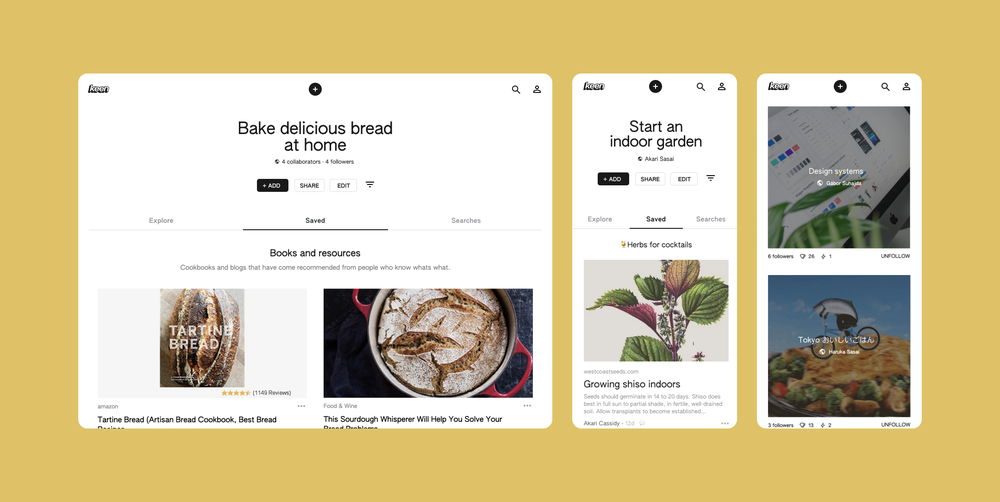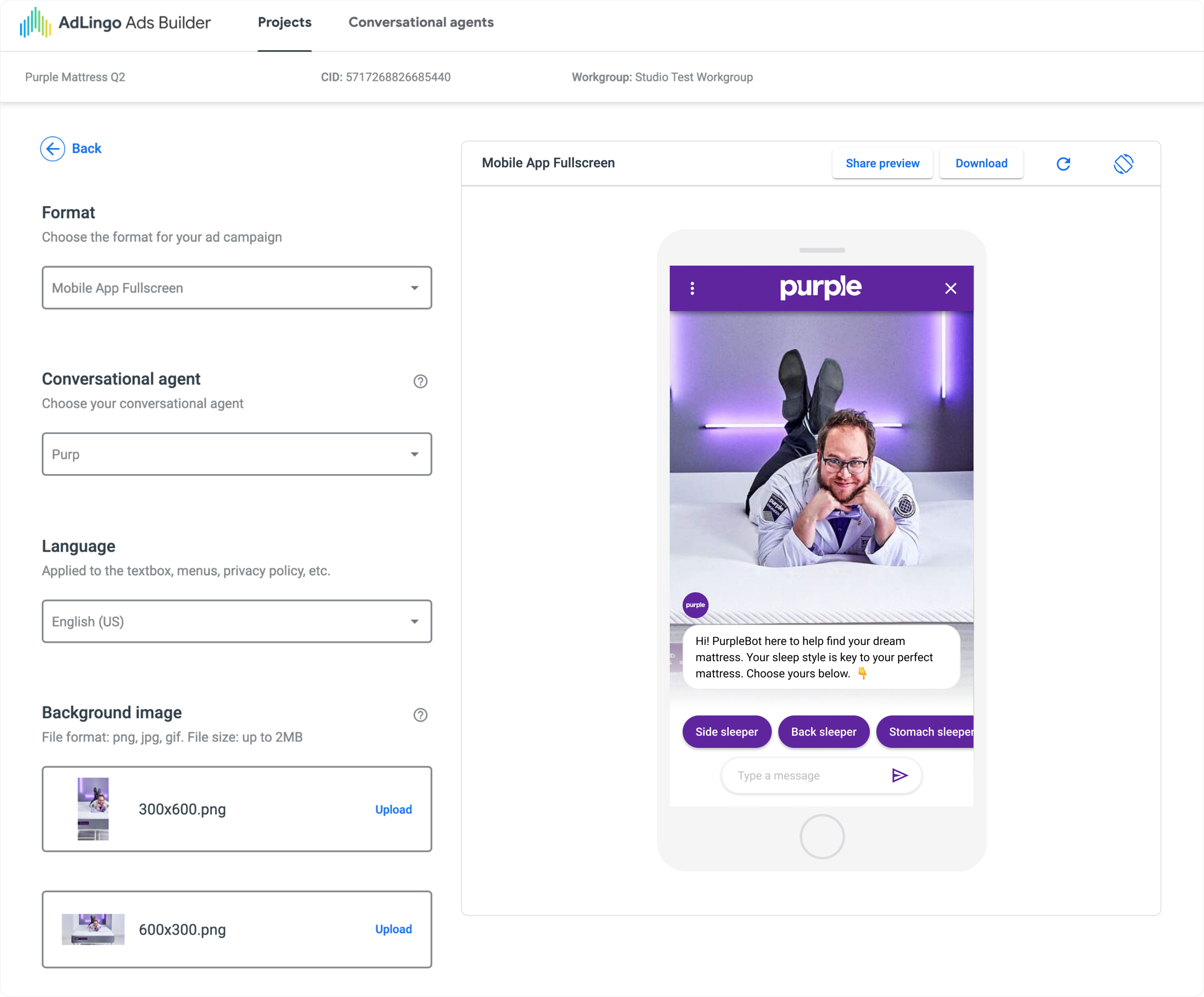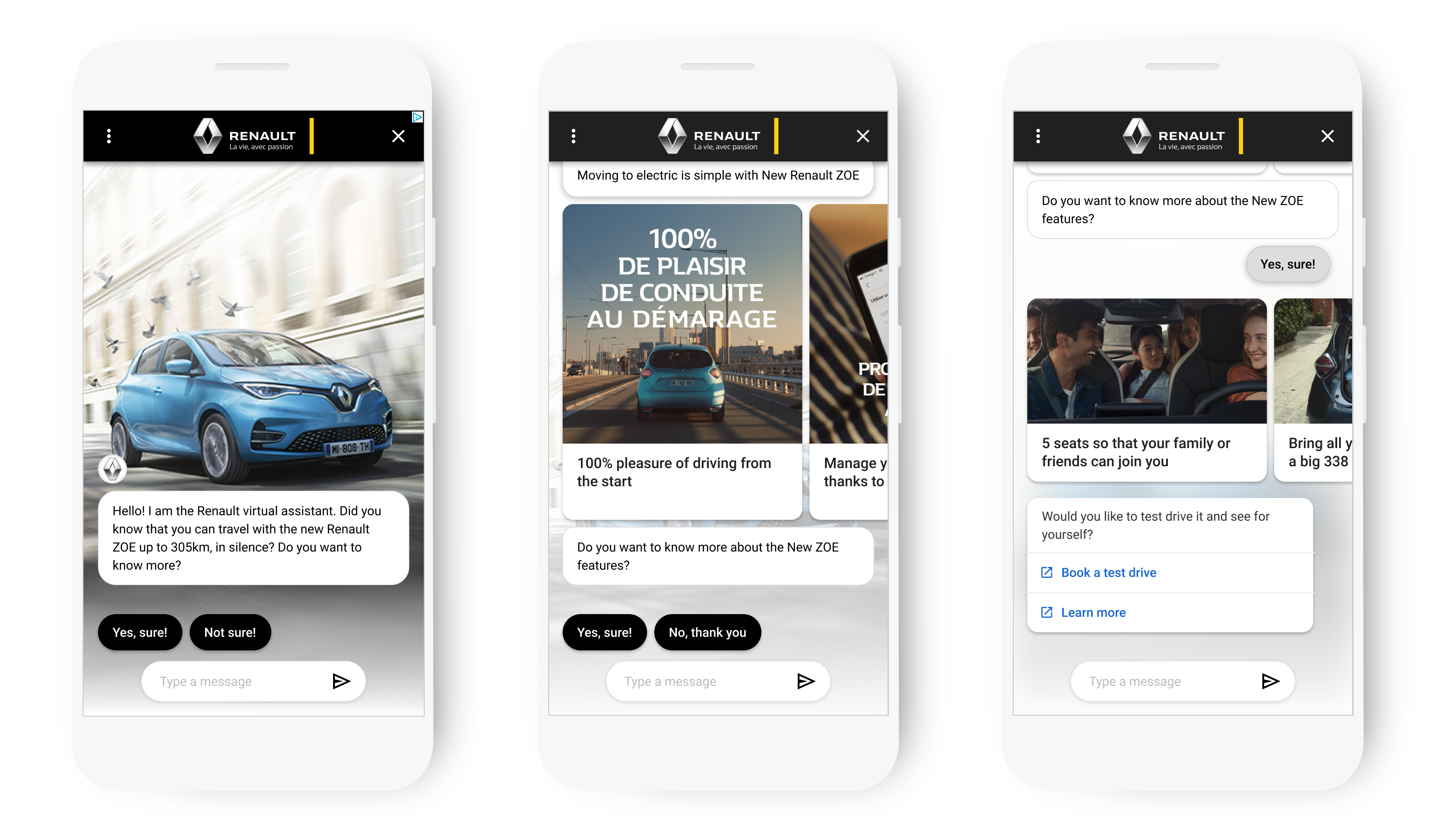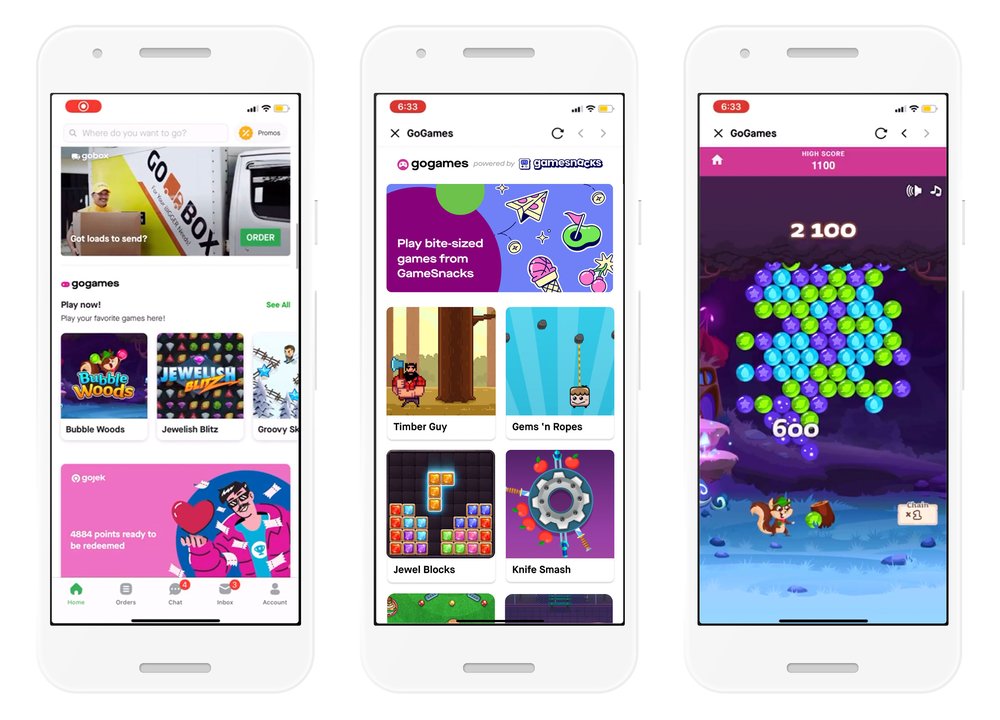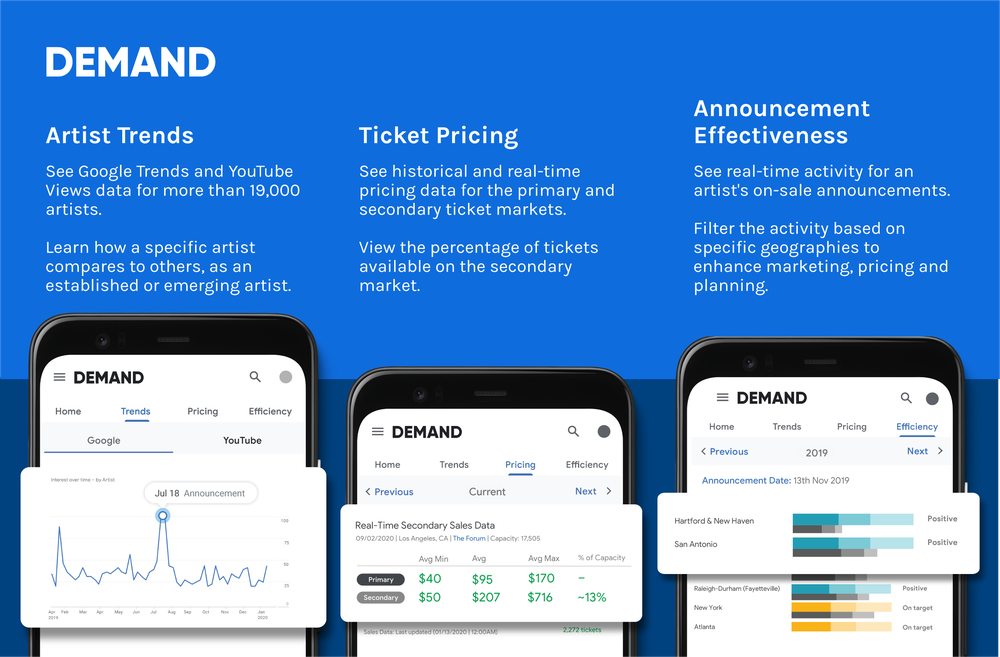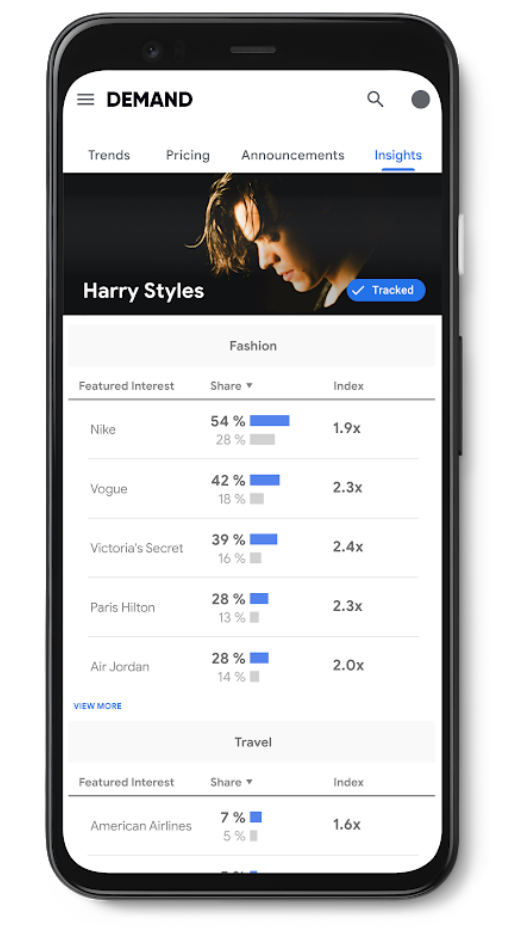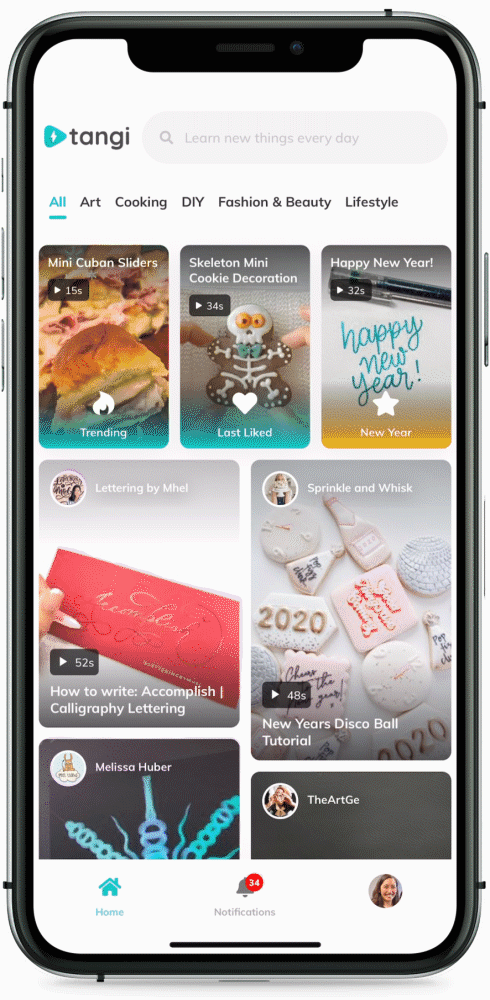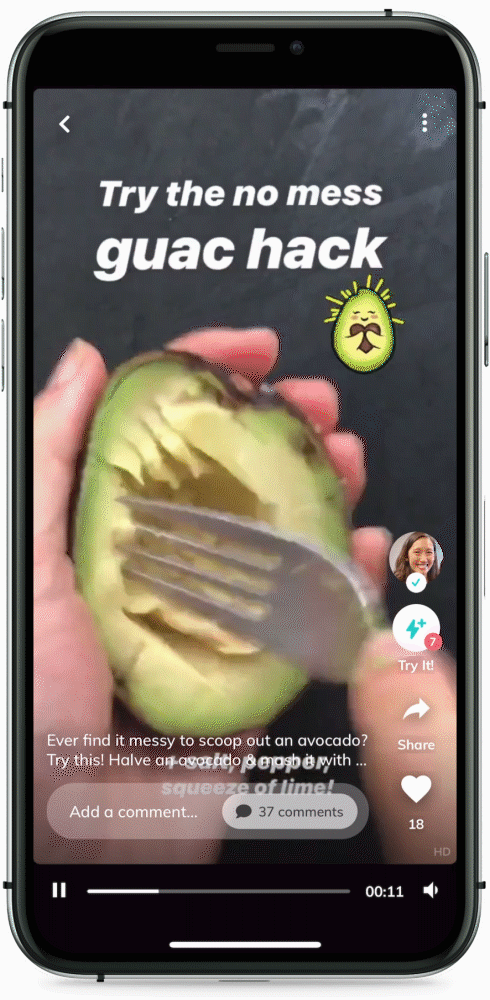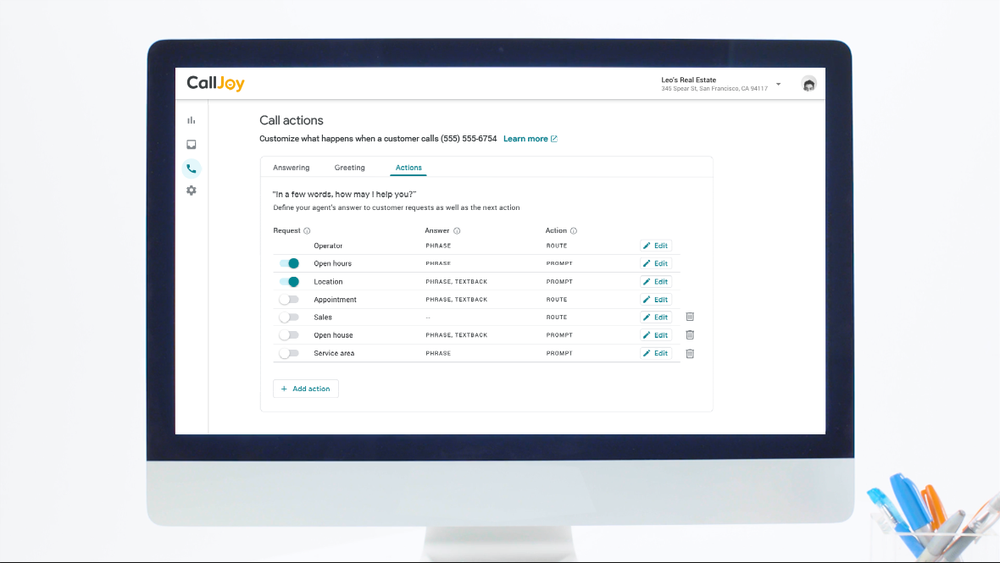Last year, I was on the New York City subway conducting user research for Touring Bird, a project I was working on with Area 120, Google’s in-house lab for experimental projects. One of the young commuters standing next to me was silently scrolling on her device, switching between a social media app, YouTube and an online shop.
Curious, I asked her what she was doing. It turns out she'd seen somebody promote a makeup product on social media, and wanted to check it out—so she watched reviews on YouTube to see how it would look in real life and whether other people liked it. Then she looked it up on an e-commerce site to buy it. This took three different apps or websites, at minimum, to find what she was looking for.
This was the original insight for a new experiment Area 120 is launching today: Shoploop, a video shopping platform for discovering, evaluating and buying products, all in one place.
Discover new products in a short, entertaining video format
The experience on Shoploop is more interactive than just scrolling through images, titles and descriptions on a traditional e-commerce site. All Shoploop videos are shorter than 90 seconds and help you discover new products in an entertaining way, whether you want to try at-home nail stickers, revive your second-day hair or get a concealer that gives full coverage.
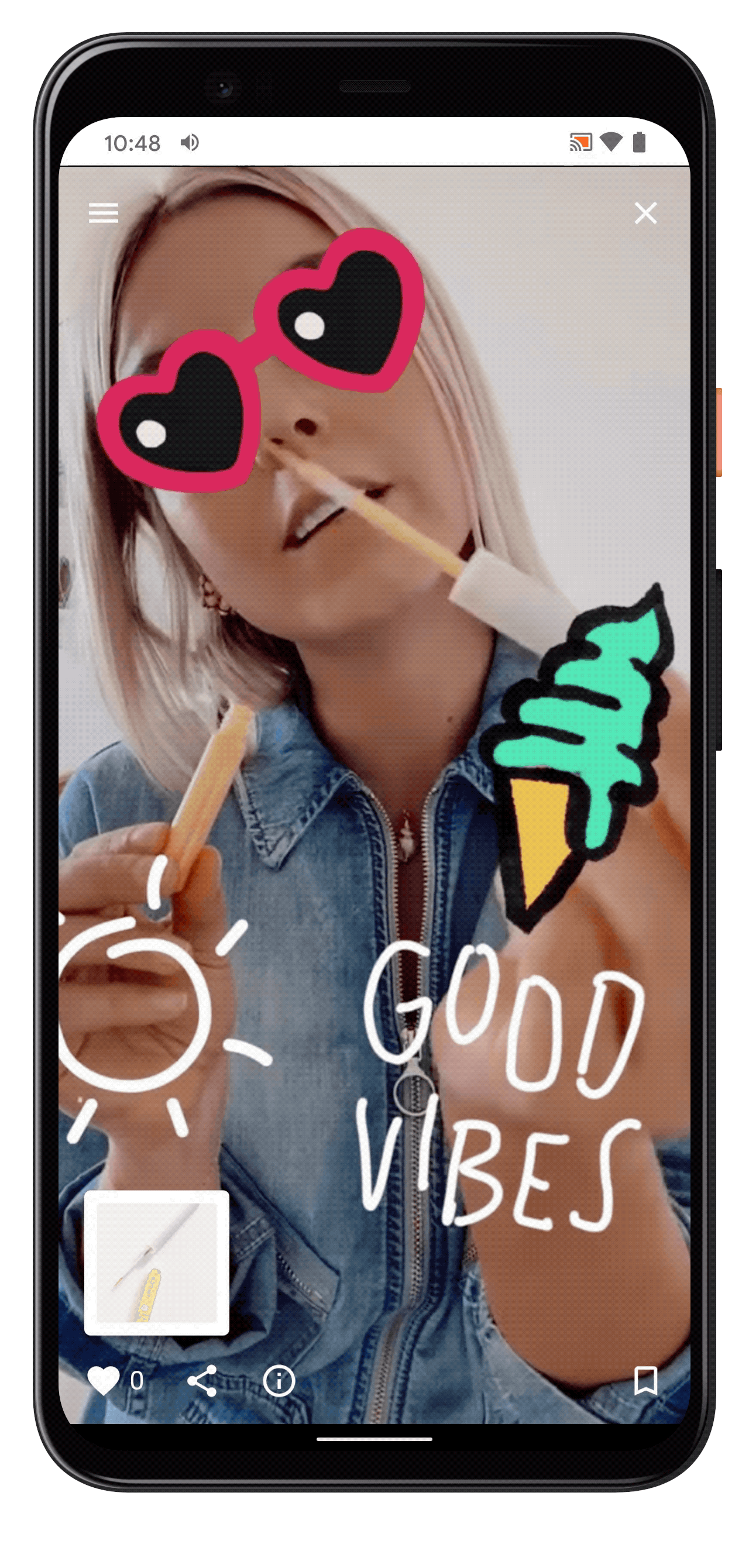
Hélène's fun video shows you how to make your eyeliner pop for summer.
Information from real, relatable people
We want to help people experience the look and feel of products they’re shopping for in real life without going to a physical store. Shoploop helps you get product reviews from real people who are knowledgeable about the products in a particular area. For example, Alex shows live product usage in her video to get rid of pimples, and Kim includes practical tips and advice on how to use a face roller in her video.
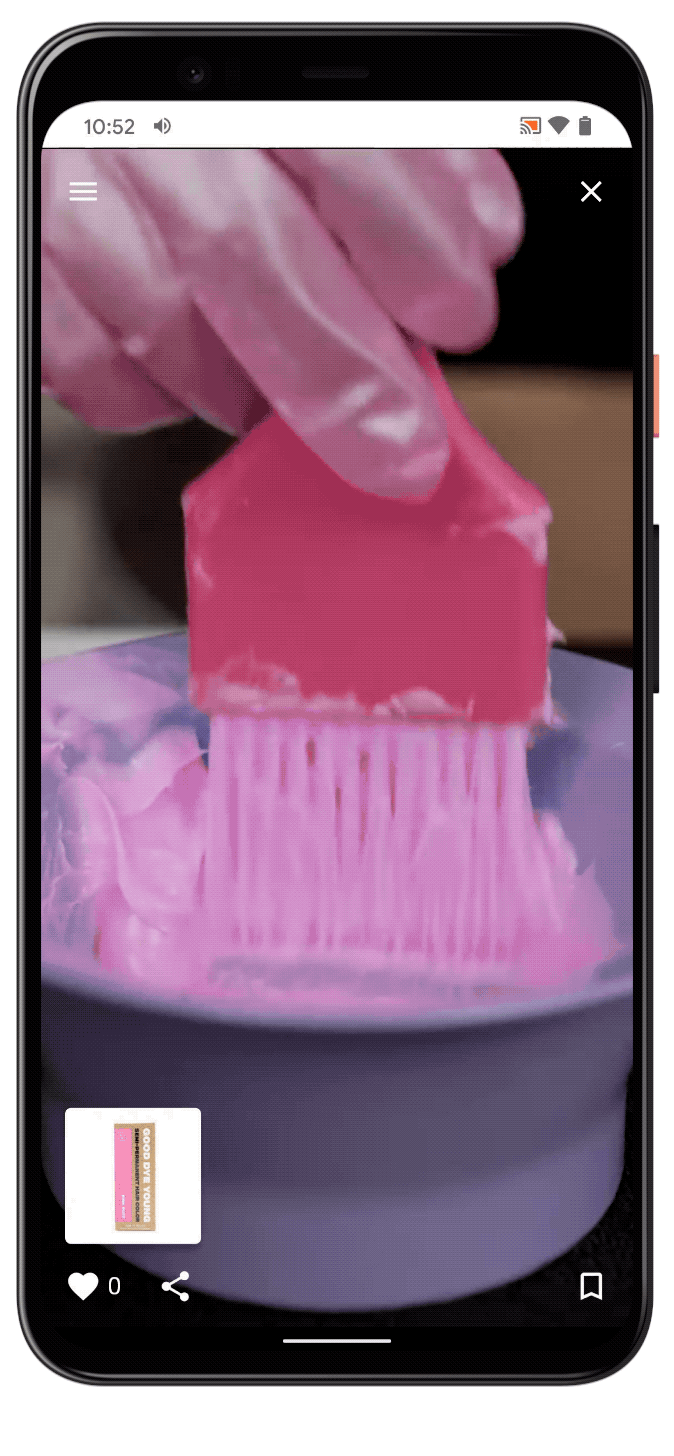
Stacy demonstrating how to get pink puff hair.
A simple purchasing experience
Once you find a product that interests you, you can either save the product to buy it later or click straight to the merchant’s website to complete the purchase. You can also follow your favorite Shoploop creators and share videos you like with your friends and family.

A quick and easy purchase experience on Shoploop.
Currently, we’re focused on content creators, publishers and online store owners in the beauty industry in categories such as makeup, skincare, hair and nails. Our goal is to provide them a platform where they can review and recommend products and help others shop directly from their videos. For example, Jessica, contributing editor at Allure, shows the benefits of using a Mihakka (a face exfoliating tool made with clay from the Atlas mountains in Morocco), and Adeline Koh, owner of handmade skincare company Sabbatical Beauty, highlights the craftsmanship and story behind her products. If you are a content creator or a store owner in any of these product areas, you can apply through our website to be an exclusive Shoploop creator.
Check out our Shoploop experiment by visiting shoploop.app on your mobile device. The current site is optimized for mobile and we are working hard to bring it to desktop users soon.
